Advocates face obstacles trying to connect San Diego youths to nature
Published in Lifestyles
SAN DIEGO -- Isaac Santos, 22, remembers growing up with family barbecues at his aunt’s house in Imperial Beach, south of San Diego, and swimming with his cousins. Sure, the ocean was dirty sometimes, but the beaches were open and accessible.
But since late 2021, swaths of the south San Diego coast have been closed every day — 1,345 days in a row and counting — because of sewage and industrial pollution flowing in from the Tijuana River.
Santos is now an instructor with the nonprofit Outdoor Outreach, which connects youths to experiences in nature, and those pollution closures make it increasingly difficult to get the kids outdoors.
“They’re not able to enjoy our waters in Imperial Beach — the nearest beach that they have to go to to have clean water access is at least 35 minutes away,” he said. Kids here don’t have their own cars, he said, and their parents are too busy working to drive them to a cleaner beach far away.
The access he had as a kid, he says, was crucial for finding a purpose, and confidence in the work he does now. For youths in South Bay communities such as Imperial Beach, San Ysidro and Nestor, worsening river conditions the last few years have stripped away not just recreational opportunities but a key part of community life.
“There are generations of kids that are growing up in the South Bay, San Diego without an experience of what a clean beach is — the ability to go in the water and feel better when you come out of it,” said Ben McCue, executive director of Outdoor Outreach.
The Tijuana River is ranked the second-most endangered river in the United States by American Rivers.
Data from the San Diego County Department of Environmental Health & Quality show the Imperial Beach shoreline this year has been closed every day except for one.
The contamination of the Tijuana River and beaches isn’t the only obstacle for outdoor groups trying to educate the next generation.
For years, groups such as Outdoor Outreach, Mar de Colores and Paddle for Peace have driven youths to cleaner beaches miles away from their homes, providing surfboards, kayaks, swimming lessons and safety instruction — often introducing kids to the ocean for the first time.
But they have not been allowed to visit the beach on weekends, could go only between Memorial and Labor days, only to three beaches, and each group needed a permit for each activity, per the city of San Diego, which has jurisdiction over the closest safe beaches.
“It’s very restrictive,” McCue said.
And there’s a large disparity. “If you’re a kid who has the resources to get to the beach, the parents who know where to go, who have the free time to take you, the equipment, all of our parks and beaches are open to you,” McCue said.
In an effort to address such barriers, state lawmakers in 2024 passed AB 2939, to ensure nonprofit and tribal programs have equal access to parks and beaches.
Advocates hoped it would bring local rules in line with the California Coastal Act’s promise of access for all. It went into effect in January 2025, and for seven months, McCue said, groups like his had easier access, even to San Diego’s Mission Bay, which has some of the closest and best beaches for children and families.
But the city of San Diego has been fighting back against the new law. In a heated City Council meeting at the end of July, city officials argued for the restrictions “because water-based instructional activities are inherently high-risk and drastically differ from activities on a beach or in a park. These requirements are designed to ensure that all operators, regardless of nonprofit status, meet the same rigorous standards necessary to protect participants, instructors, and the public.”
The city of San Diego did not respond to requests for comment.
Dozens of residents and youth advocates testified. “They’re citing safety and liability, but it’s not based on data. It’s not based on anything that we’ve done or any experiences that they’ve had with us,” said Ramon Chairez, director of education and environmental advocacy for Mar de Colores.
“If they knew who we were, they would know that we have incredible safety standards, we have one-to-one ratios with kids in terms of instructors and kids,” Chairez said.
The resolution failed after community pushback and a letter from the California Coastal Commission reminding the city of the state law. City officials are now in talks with advocates to find a compromise.
“We need to make sure this summer kids can get out and experience the joy of putting their feet in the sand, standing up on a surfboard for the first time, and not being afraid of coming out and getting sick,” McCue said.
A Public Health and Environmental Crisis
Tijuana River pollution stems from decades of inadequate wastewater infrastructure on both sides of the border, compounded by rapid population growth in Tijuana.
Officials from both countries recently announced new commitments to accelerate long-planned repairs. But even under the most optimistic timeline, many South Bay beaches will remain unsafe for years, said Phillip Musegaas, executive director of San Diego Coastkeeper.
Dr. Vi Nguyen, a pediatrician in San Diego County, has seen the physiological toll the closures take on patient physical and mental health. “Kids [that] don’t have access to those areas is a very big concern for our pediatricians — kids need to be able, to be allowed to move their bodies, to play.” Nguyen concludes, “playing in more natural spaces is healthier for them, we know that nature is quite restorative for kids.” Physicians are worried about rates of obesity, prediabetes, fatty liver and other metabolic diseases, she said.
For advocates like Risa Bell, founder of Paddle for Peace, it is also about building environmental literacy, leadership and a sense of belonging. “Access to the coast is not a luxury and it’s not a privilege. It’s a human right that’s tied to health, culture and community well-being,” Bell said. “If you want the next generation to fight for the ocean, they have to be able to safely touch it. … That’s the only way that we’re gonna raise the future environmental leaders that are ready to protect it not just for their communities but for everyone.”
Shifting baselines
Advocates worry about “shifting baselines” — the idea that each generation’s understanding of what’s normal is shaped by the degraded environment they inherit.
“Kids growing up in San Ysidro and Imperial Beach today, their experience is that the ocean’s dirty and that you go in it and you get sick,” McCue said. “We’re trying to shift that to show them, actually, it doesn’t have to be like this.”
“When you fall in love with the ocean, [you] grow up wanting to protect it,” Bell said. “They’re gonna grow up and be a part of that fight one day, right, but they can’t protect a place that they’re not even allowed to go to.”
More to Read
Pollution from the Tijuana River is ending up in the air near the border, study findsMay 28, 2025
Here are California’s dirtiest beaches. Take a look before you take a dipMay 22, 2025
EPA chief urges Mexico to help deliver ‘100% solution’ to clean up polluted Tijuana RiverApril 23, 2025
Show Comments
Climate & Environment
Marcos Magaña
Marcos Magaña is an environment, health and science intern at the Los Angeles Times through the CDLS Environmental Justice and Science Journalism Fellowship. He was born and raised in the Eastern Coachella Valley and is currently pursuing his doctorate at UCLA’s Institute of the Environment and Sustainability, where he is investigating the biosocial dimensions of extreme heat exposure in low-income and racialized communities, with a focus on desert geographies.
©2025 Los Angeles Times. Visit at latimes.com. Distributed by Tribune Content Agency, LLC.
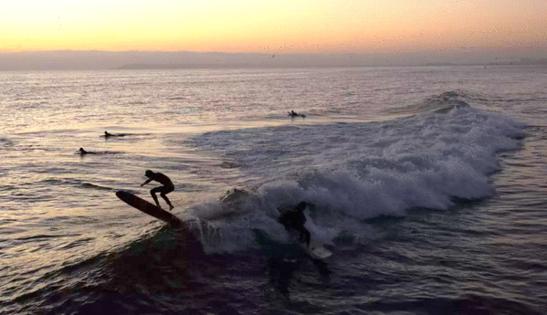
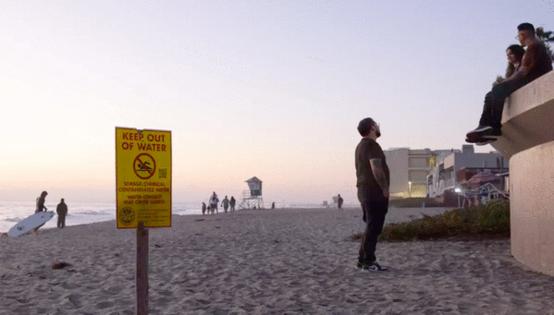
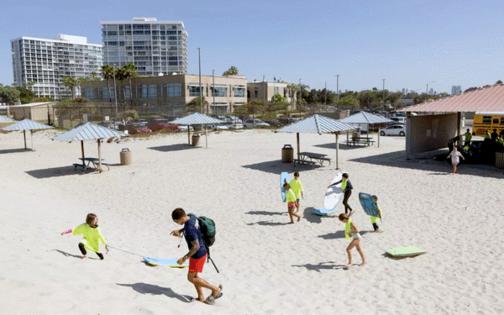



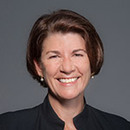
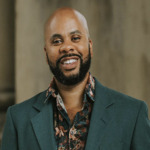
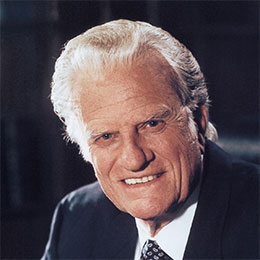
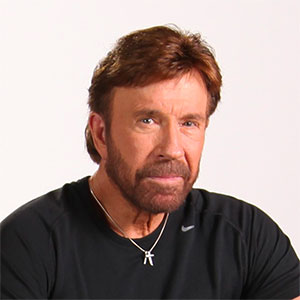



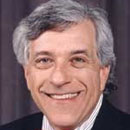


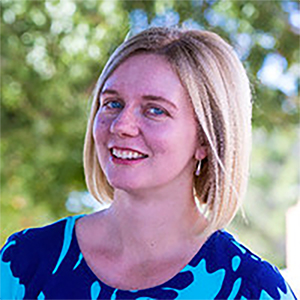

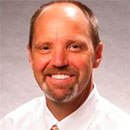



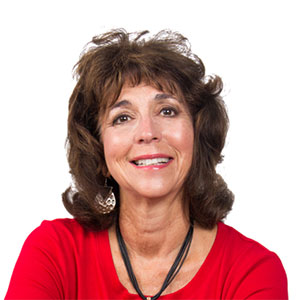






Comments